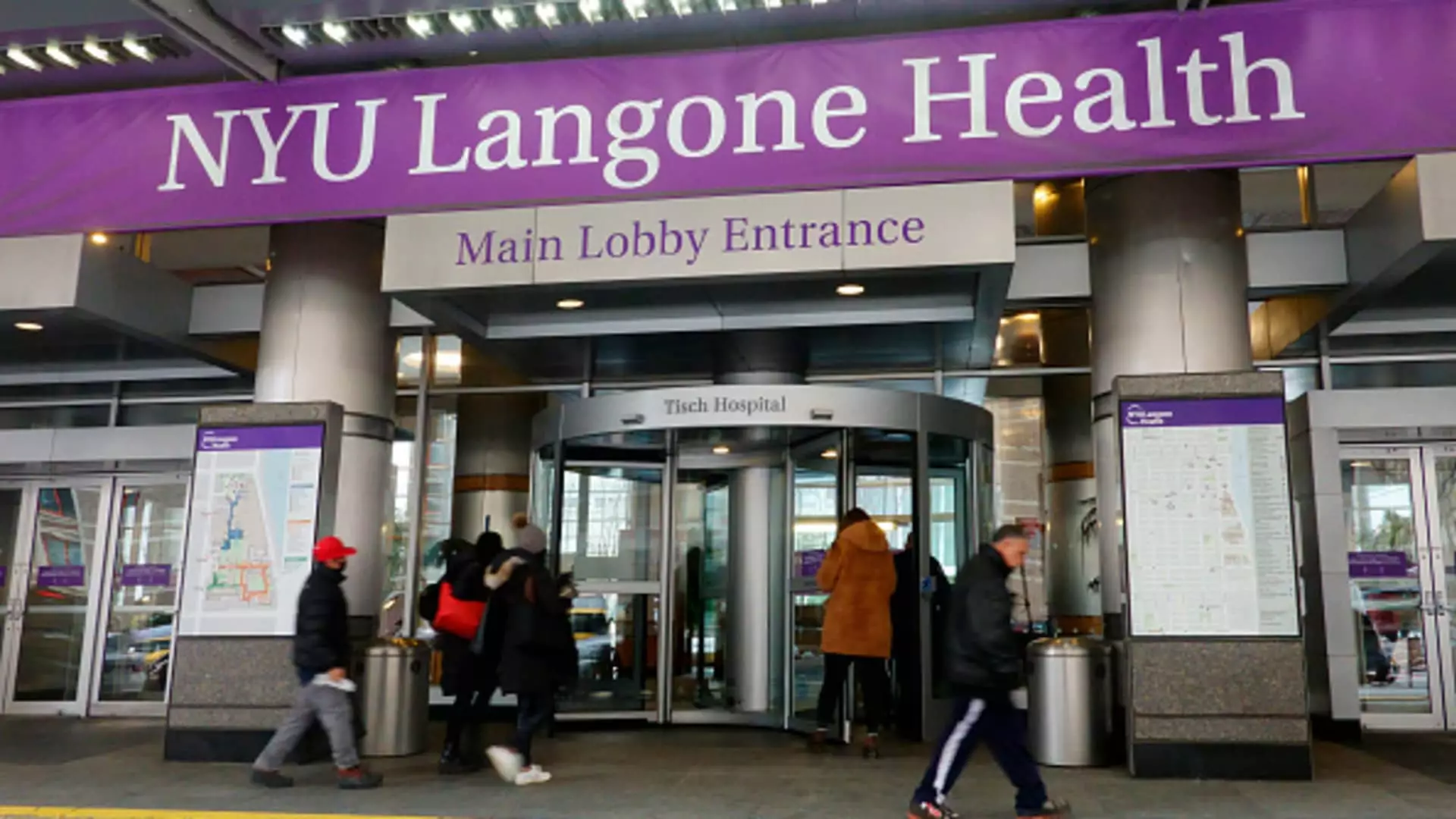The concept of tuition-free education has been heralded as a progressive step towards inclusivity in higher education, particularly in rigorous fields like medicine. In 2018, New York University’s Grossman School of Medicine took a pioneering leap by offering full-tuition scholarships to all students. While on the surface this initiative appears laudable, a deeper examination reveals a troubling reality: this bold plan may inadvertently amplify inequities, leaving many of the very students it aimed to help in the lurch.
The Illusion of Access
At first glance, providing free tuition seems like a game-changer for aspiring physicians from all demographics. Indeed, one might expect surging enrollment numbers from financially disadvantaged students who would otherwise face a mountain of debt. However, the reality is starkly different. Reports indicate that the percentage of incoming cohorts deemed “financially disadvantaged” plummeted from 12% in 2017 to a mere 3% just two years later. This pattern suggests that the hoped-for inclusivity has transformed, instead, into an environment skewed toward more affluent applicants who have the means to navigate the competitive admissions landscape.
Jamie Beaton, co-founder of Crimson Education, succinctly summarizes this paradox: “Tuition-free colleges experience surges in application numbers, dramatically boosting the competitive intensity of the admissions process.” What this means is that while more applications pour in, middle- and upper-income families with access to extensive resources—test prep tutoring, extracurricular enrichment—are likely to dominate the applicant pool. The very fabric of what should be a more equitable system becomes frayed as these applicants often have advantages that the economically disadvantaged lack.
Competitive Disparities Intensified
The rise of tuition-free programs has led to a relentless arms race among institutions, each itching to attract the best candidates. However, as Harvard’s recent decision to offer tuition-free education to families earning under $200,000 shows, the reality remains that wealthier families are better equipped to navigate this competitive landscape. Beaton observes a chilling trend: families closer to the upper limit of this income bracket may soon outcompete lower-income students, creating a troubling power dynamic.
These trends underscore a painful truth: while good-intentioned policies can open the doors to education, they can also have the unintended consequence of solidifying social stratification. Institutional allure, fueled by financial aid opportunities, can paradoxically prioritize middle-class applicants who have more resources at their disposal. In a society increasingly burdened by economic divides, this only widens the gap.
The “Affordable” Illusion
Addressing affordability in higher education should be a priority; however, mere financial assistance models won’t suffice. Even as we applaud the efforts of elite universities, the alarming truth remains that the average cost of college tuition continues to exceed inflation and creeping household expenses. According to J.P. Morgan Asset Management, tuition rates have skyrocketed by 5.6% annually since 1983. The burden of college debt looms large over students and families alike, leading many to question whether financial aid models genuinely promote accessibility or simply obfuscate the struggles that many face.
Many institutions find themselves in a bind; less than 5% of U.S. colleges can afford to readily provide tuition-free or no-loan policies. Educational leaders like Robert Franek from The Princeton Review point out that most schools remain driven by tuition revenue, leaving middle-tier institutions struggling to keep pace with trends set by their elite counterparts.
Equity vs. Economics
With large sums tied to admission outcomes, many institutions inadvertently place greater priority on attracting middle- to upper-income students because of their potential future contributions—through both tuition and donations. Christopher Rim from Command Education highlights a stark reality: “These colleges are trying to build a well-rounded class; they need middle-class and wealthy students.” The vicious cycle perpetuates a reliance on these families to ensure institutional stability, sidelining lower-income applicants who are facing socioeconomic hurdles.
Eric Greenberg of Greenberg Educational Group also warns that heightened competition benefits no one except those who can afford to compete. “Taking on too much debt is the top worry among all college-bound students,” he states. For the burgeoning grassroots movements that seek to resolve educational disparities, this reality warrants thorough scrutiny and urgent action.
Redefining Education Equity
It is time to critically examine who benefits most from tuition-free programs in elite institutions. The ultimate goal—seeking to democratize education—is noble, yet we must confront the way these initiatives can inadvertently reinforce existing inequalities. Stakeholders in education policy must shift their focus from merely providing financial assistance to genuinely making educational equity a priority. Providing support shouldn’t just be about reducing costs but must come with a commitment to addressing the underlying barriers that disproportionately impact the economically disadvantaged.

Leave a Reply